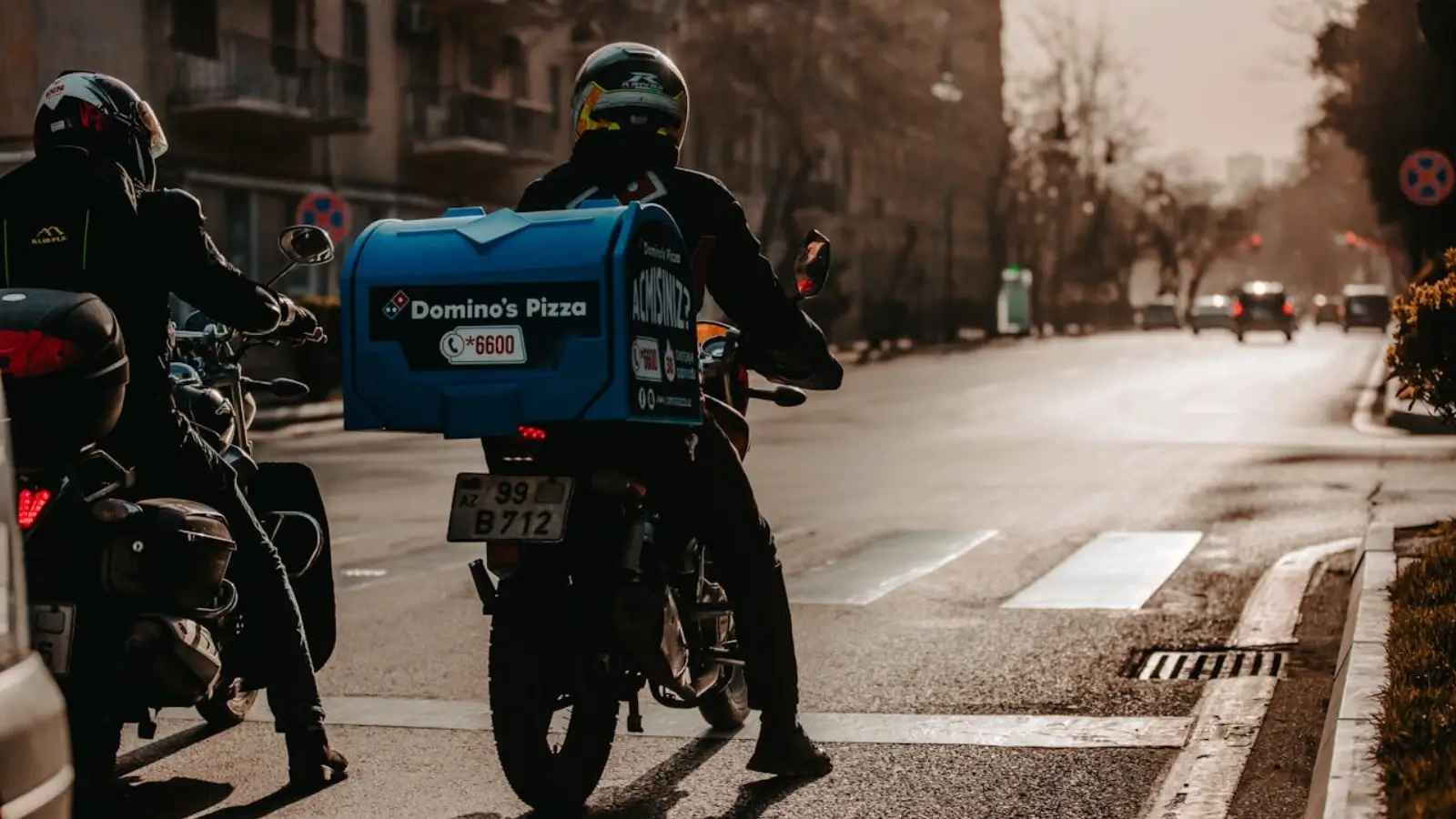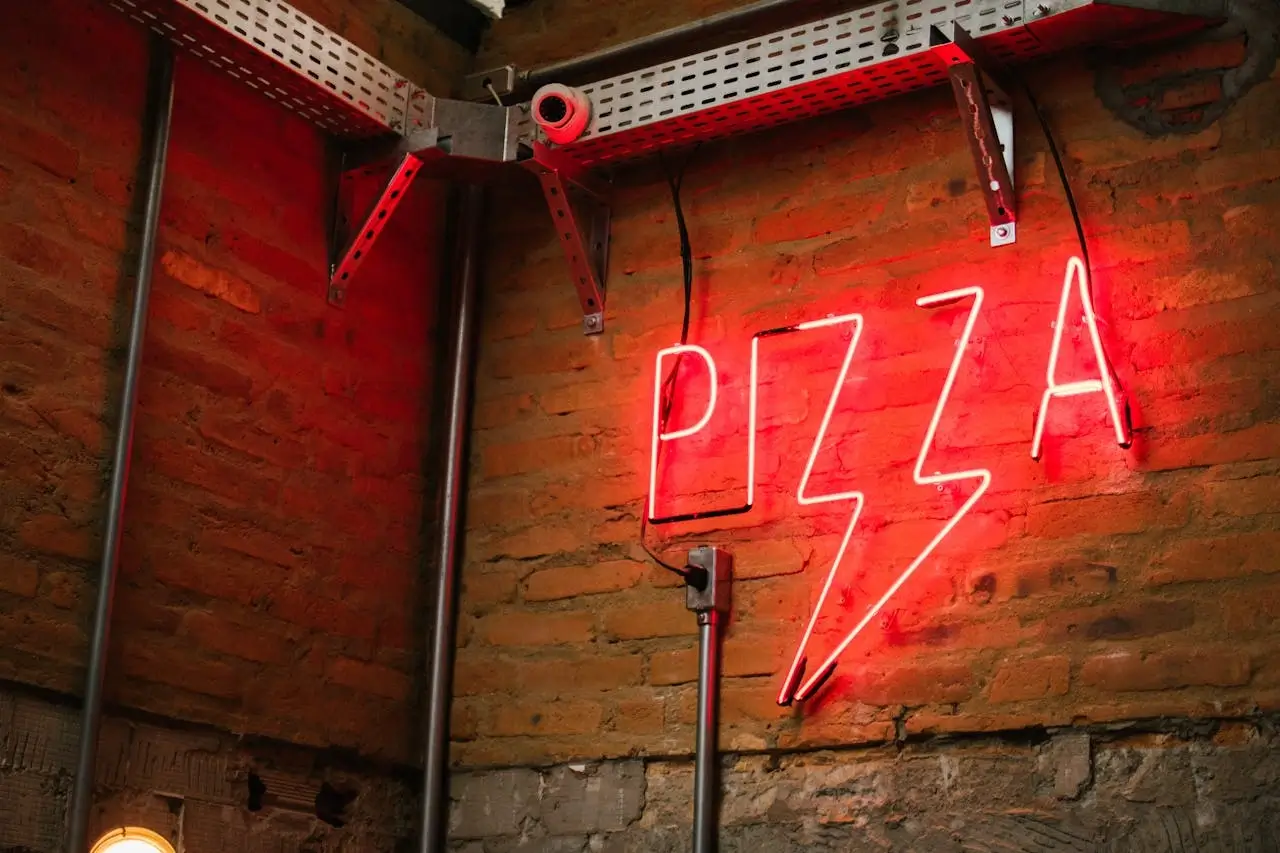


Business owners could be forgiven for feeling a little gloomy in the current market. Yet, for every company pushing up prices amid high inflation, others are finding creative ways forward.
As recently as mid-October, the US pizza chain Domino’s beat its own quarterly profit expectations without making significant changes to its core business. In fact, using promotions, it turned a well-worn product line into something alluring for consumers.
Promotions, offers, and discounts (etc.) are an easy way to get customers through the door - but only if they abide by certain, informal rules.
For instance, consultancy firm Simon-Kucher insists that promotions can't happen too often. Otherwise, their impact is lessened, and they end up "cannibalizing" each other. They should also seek future growth while aiming for immediate returns. Within those guidelines, offers take many forms, which is where much of the creativity comes in.
Expedia ran a Fall Sale in October. It's about as simple as promotions get - 25% off - but it provides immediate benefits to both business and potential customers. Expedia gets rid of tickets it couldn't sell in the summer, while vacationers get a cheap break.
Subscription service BarkBox, which sells a "monthly surprise" for dogs (via their owners), begins the customer journey with a discount on the first box ordered. This brings the price down to $15 - possibly, an immediate loss for the company. It targets returning customers, however, by leveraging curiosity to get people to sign up.
Another online operator, JackpotCity Casino, emphasises randomness and competition in its promotions. The casino sign up bonus is straightforward - 100 free spins on slot games. Random Cash Drops and Daily Tournaments encourage regular visits from players.
Domino’s recent offers targeted several industry-wide problems. First, the “macro slowdown” of consumer spending in restaurants, to quote an analyst speaking to Reuters, and inflation begetting price increases. Put another way, pizza couldn’t be in a more awkward place at the moment.
The chain's main success came from a throwback, a $9.99 deal that was resurrected in August. It lets customers get any crust (e.g., New York Style, Pan, Thin, etc.) plus any toppings they like. Domino’s has put more steam behind its Rewards program, too. It now promises a gift after two orders.

What's interesting is that analysts always expected the company to do well this year, predicting a 4.0% sales increase to the 5.4% that actually happened. Domino's struggled worldwide, though, especially in Japan, France, and Australia.
There are lessons for business to learn from all this. Consumers are seeking greater value for money, and they’re even willing to sacrifice the overall size of portions. Soda company PepsiCo also beat earnings expectations in October, partly by pivoting towards smaller pack sizes.
At last check (August), inflation stood at 2.9%, meaning business costs are increasingly being passed on to customers. Offering more for less doesn’t sound like an ideal business plan, but respecting consumer needs when inflation and prices are rising can help a company stand out among less responsive rivals.